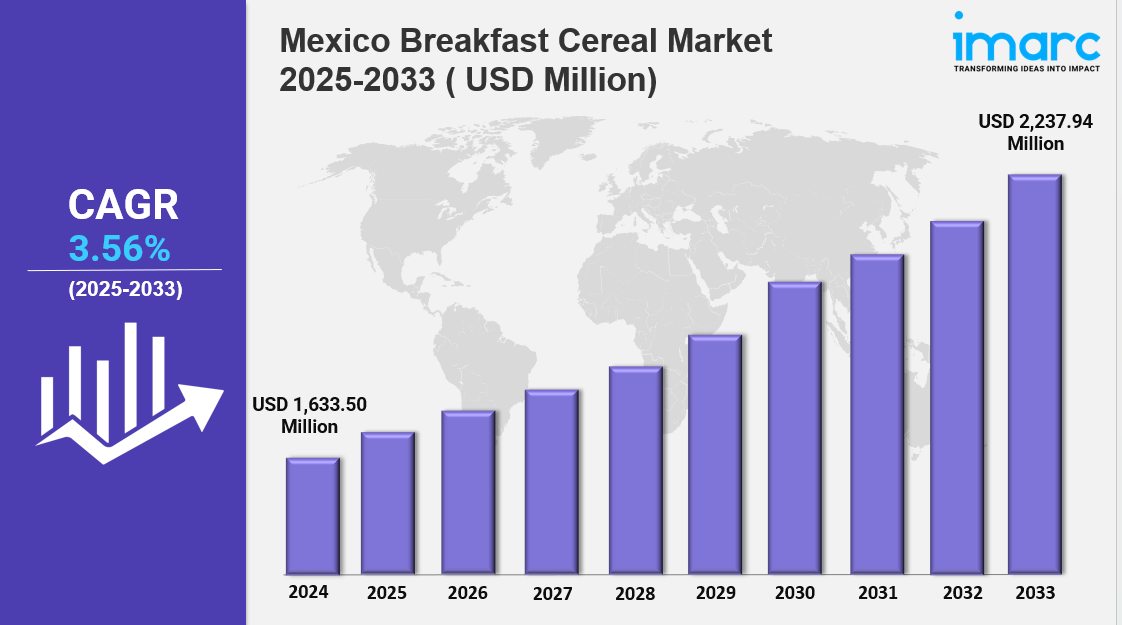Industrial painting is more than just applying colour to metal, concrete, or structural surfaces. It is a critical discipline that combines protective coating science, aesthetics, and long-term durability. In industrial environments—factories, warehouses, bridges, plants—the demands are heavy: corrosive exposure, temperature swings, mechanical stress, chemical agents, UV radiation, abrasion, and more.
In this article, we explore the fundamentals and advances in industrial painting, share best practices, and highlight how a firm like Paintpal (Australia-based) demonstrates quality execution in both residential and industrial contexts.
Understanding Industrial Painting: Why It Matters
- Protection beyond aesthetics
While a fresh paint finish looks better, the real value in industrial painting lies in protecting steel, concrete, and structural surfaces from corrosion, moisture ingress, chemical attack, and mechanical wear. - Cost savings over lifecycle
Proper industrial painting delays maintenance, prevents structural degradation, and reduces downtime. Think of it as a long-term investment—doing the upfront work well saves money later. - Regulatory and safety compliance
Many industrial sites operate under strict environmental, safety, or corrosion control regulations. The coatings and methods must comply with relevant standards (e.g. ISO, ASTM, local regulations). - Functional coatings and specialty finishes
In many industrial settings, coatings do more than just “paint”: fire retardant layers, anti-slip topcoats, chemical resistant membranes, epoxy linings, and abrasion-resistant finishes are common.
Key Phases & Best Practices in Industrial Painting
To achieve durable results, industrial painting must be executed systematically. Below are key phases and recommended best practices.
1. Surface Preparation (The Foundation)
- Cleaning & degreasing: Remove oils, grease, dirt, salts. Use solvents, alkaline washes, or chemical cleaners.
- Old coating removal: Employ abrasive blasting (sand, grit, shot), power tools, or chemical stripping—as appropriate. The goal: clean substrate surface down to a defined standard (e.g. SSPC SP10, NACE).
- Rust and mill-scale removal: Use abrasive or mechanical methods to remove rust, scale, and tightly adherent corrosion.
- Profile creation: For metal surfaces, create a microscopic profile (anchor pattern) to help the coating bond properly.
- Drying & humidity check: Ensure substrate moisture is below threshold (often < 5 %) to avoid issues like blistering or poor adhesion.
A rushed or sloppy prep job almost always leads to early coating failure.
2. Primer / Undercoat Application
- Choose primers compatible with both substrate and topcoats (e.g. epoxy primers, zinc-rich primers, corrosion inhibiting primers).
- Apply under the right environmental conditions (temperature, humidity).
- Ensure correct coverage (e.g. microns of dry film) and wet film thickness.
3. Intermediate and Topcoat Layers
- Intermediate coats serve as barrier layers or peeling protection.
- Topcoats are selected for aesthetic and performance properties: UV stability, chemical resistance, colour retention, gloss or matte preferences.
- Multi-coat systems are common in industrial painting to balance protection and cost.
4. Quality Control & Inspection
- Use dry film thickness gauges to measure coating thickness.
- Holiday (spark) testing to detect pinholes or flaws.
- Adhesion tests (pull-off or tape tests).
- Visual inspections under good lighting, measuring gloss, colour uniformity.
- Environmental cure verification (ensure full cure before commissioning).
5. Maintenance and Touch-Ups
- Regular inspections—check for chipping, rust creep, delamination.
- Prompt touch-up of damaged zones to prevent corrosion from spreading.
- Cleanings (soft wash or chemical) to remove contaminants that degrade coatings.
Emerging Trends & Innovations in Industrial Painting
Industrial painting is evolving rapidly. Here are some of the trends shaping the future:
- Nanotechnology-enhanced coatings: These improve abrasion resistance, self-cleaning, or anti-corrosive properties by embedding nanoscale particles into paint matrices.
- Smart coatings: Self-healing paints, coatings that sense corrosion or structural stress and respond accordingly.
- Low-VOC / waterborne industrial coatings: Driven by environmental regulation, many sites now adopt lower-VOC systems without sacrificing performance.
- Robotics and automated spraying: Robots and automated systems are increasingly used for large or repetitive surfaces to ensure consistency and safety.
- Hybrid or multifunctional coatings: Combining properties—such as fire resistance, antimicrobial action, and corrosion protection—in a single layer.
Challenges & Pitfalls — What to Watch Out For
- Environmental variables: Temperature, humidity, wind, contamination (dust, salts) can seriously impact curing and adhesion.
- Poor specification matching: Using mismatched primers/topcoats or substandard materials leads to failure.
- Time pressure and shortcuts: Skipping prep steps, undercoating, or rushing cures invites defects.
- Underestimating costs: Cutting corners to save initial cost often leads to expensive reworks.
- Safety & worker training: Industrial painting frequently involves working at heights, handling volatile solvents, and safety protocols. Training and compliance are essential.
Case Insight: How Paintpal Integrates Industrial Painting Principles
While Paintpal (in Melbourne, Australia) is widely known for residential, commercial, roof, and spray painting services, its structure and capabilities position it to manage industrial painting tasks as well.
Some lessons from Paintpal’s operations:
- Comprehensive services: From interior and exterior work to roof, floor, and even spray painting, Paintpal’s diversified offerings hint at the ability to adapt techniques across sectors.
- Focus on quality & materials: Their positioning stresses use of high-quality paints and finishing, an essential ethos for industrial projects where coating failure is costly.
- Skilled and insured workforce: In their About Us, they tout being licensed, insured, and using experienced tradespeople—this matters greatly in industrial settings where liability and expertise are critical.
- Process transparency & project examples: Their recent projects gallery and contact pages provide visibility into work standards, timelines, and client trust.
If Paintpal were to expand more aggressively into industrial painting, these foundations (reputation, quality, process orientation) offer a solid base to service sectors like manufacturing, infrastructure, and heavy industry.
Tips for Specifiers, Owners & Contractors in Industrial Painting Projects
- Select coatings after environmental and operational analysis
Understand the temperature swings, chemical exposures, mechanical demands, and maintenance cycles before specifying. Avoid copying from aesthetic residential surfaces. - Use experienced industrial painting contractors
Surface prep, coating layering, QC inspections should be handled by teams with relevant industrial track records. - Specify clear quality metrics in contracts
Include min. dry film thickness, adhesion standards, accepted defects, test methods, warranty terms, and maintenance schedule. - Budget for lifecycle, not just initial cost
Investing more in high-performance coatings upfront often pays back through reduced maintenance and longer service life. - Plan for access and safety early
Scaffold, lift mechanisms, safe zones, ventilation, and worker safety must be integrated into the schedule and contract. - Document everything
Record pre-inspection photos, coating batch numbers, application conditions (temp, humidity), and testing results.
Conclusion
Industrial painting is a specialized, high-stakes discipline that demands precision, domain knowledge, and commitment to quality. When executed correctly, it protects infrastructure, extends service life, and delivers cost-efficiency over time. Innovations in smart coatings, automation, and environmentally friendly systems are pushing the field forward.
While Paintpal currently emphasizes residential and commercial projects, its skill set, process focus, and reputation provide a credible platform if it chooses to grow deeper into industrial painting. For specifiers, contractors, or owners, the right approach is to treat industrial painting not as a cosmetic afterthought—but as a core part of structural asset management.



